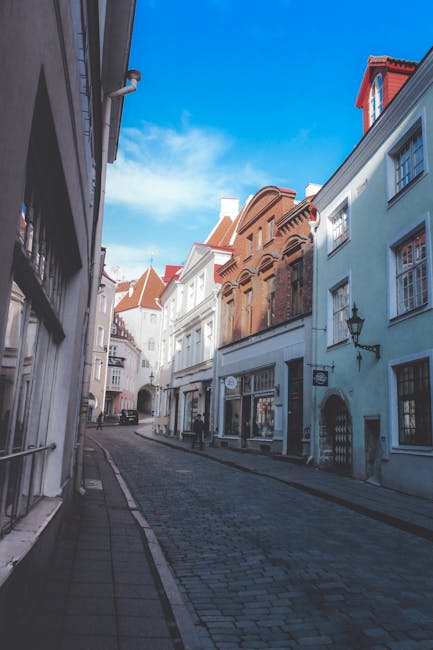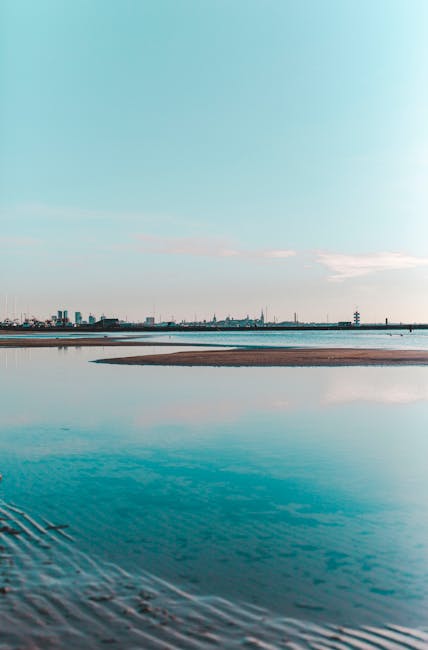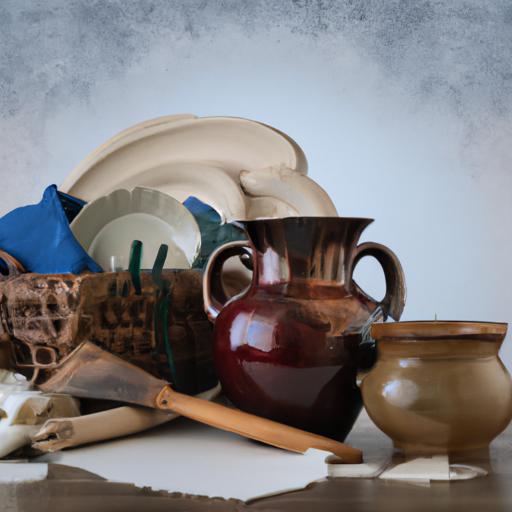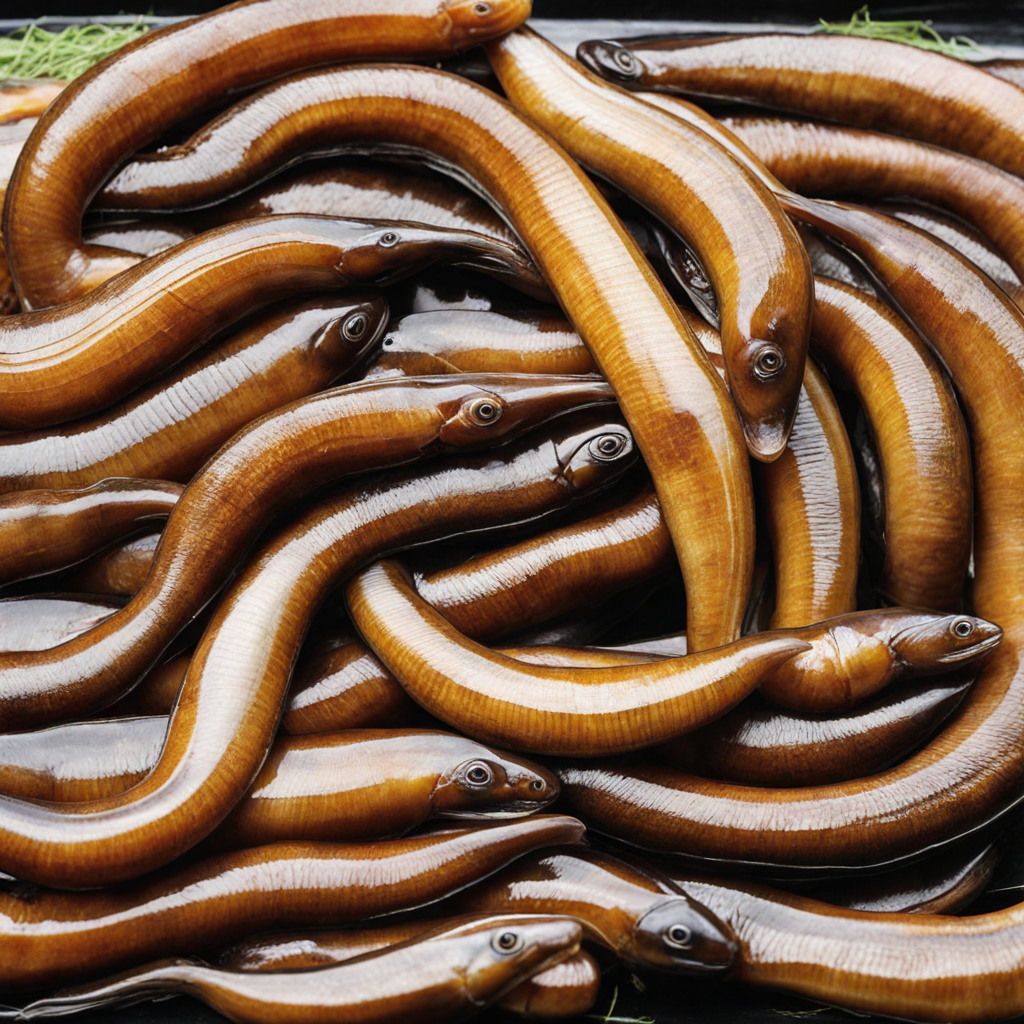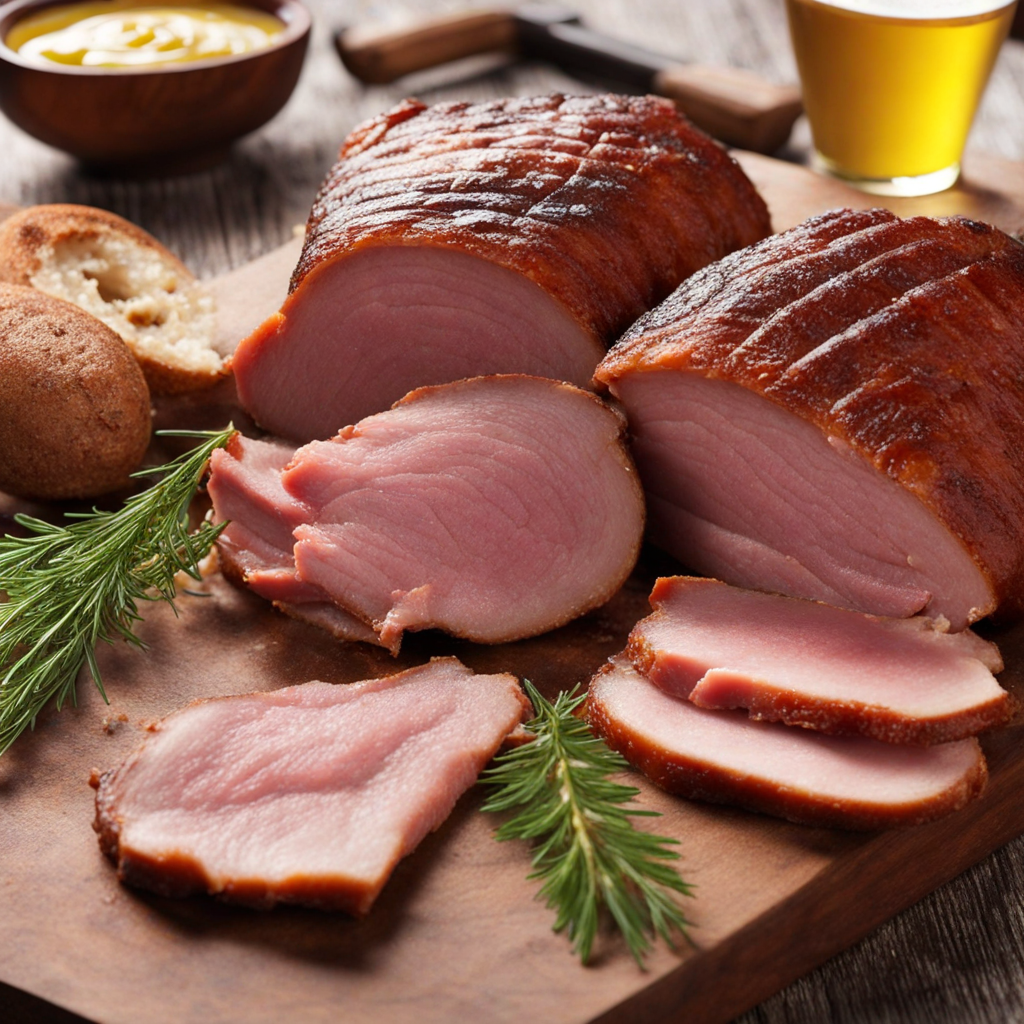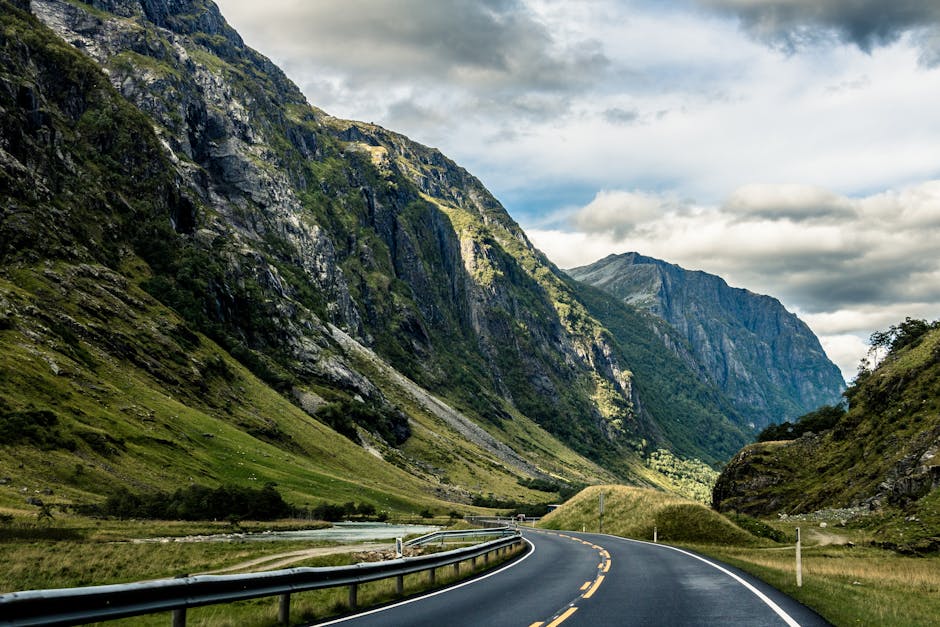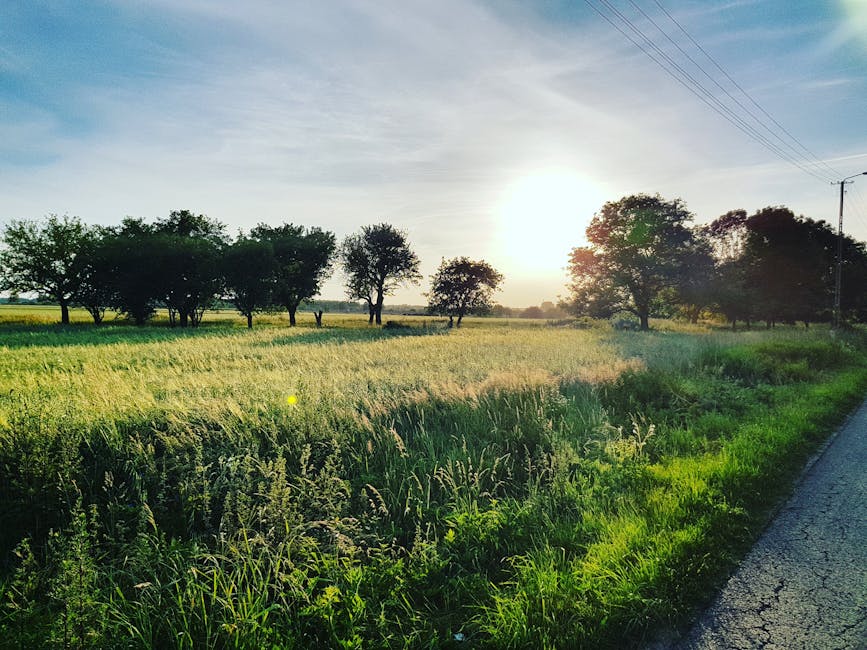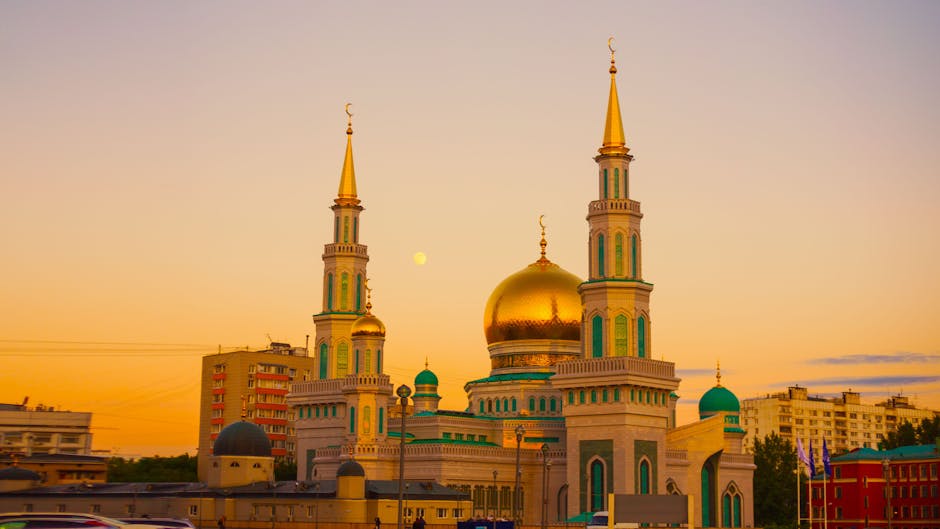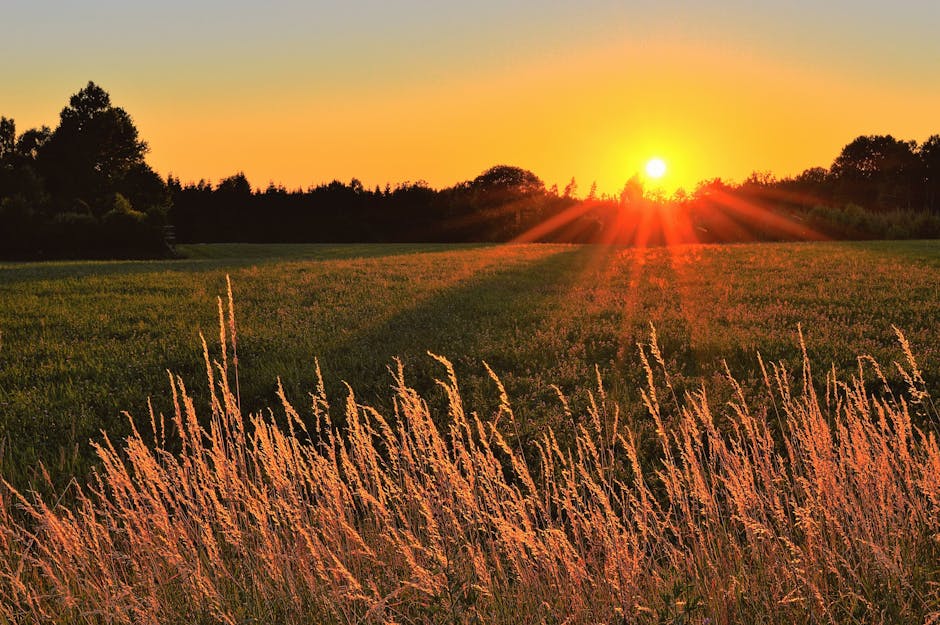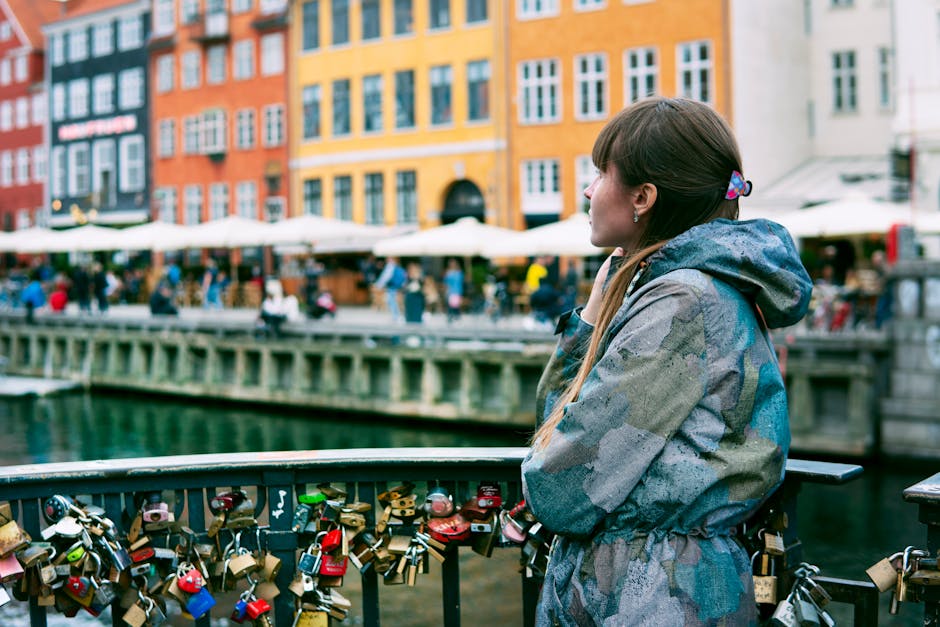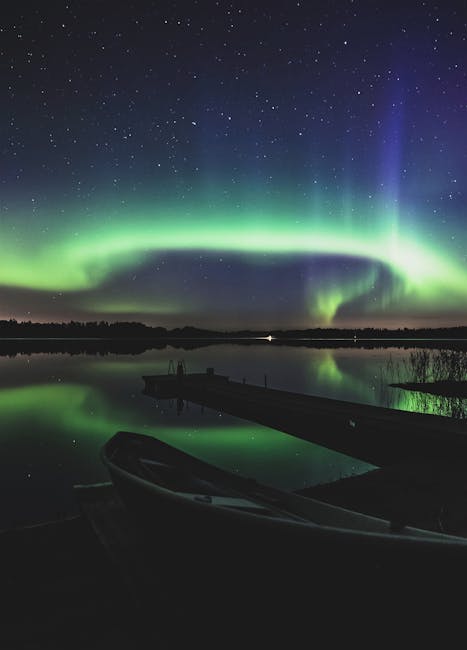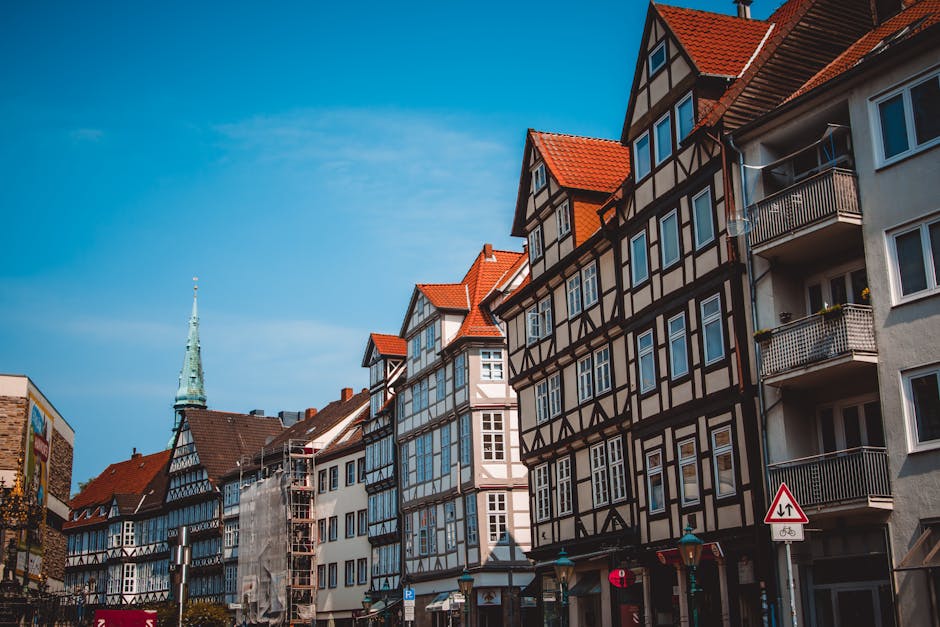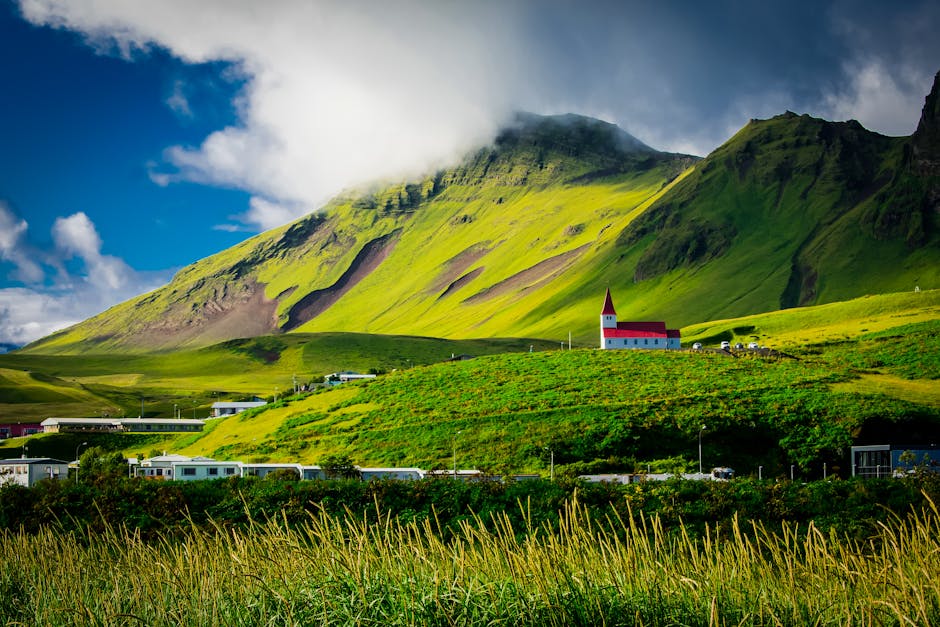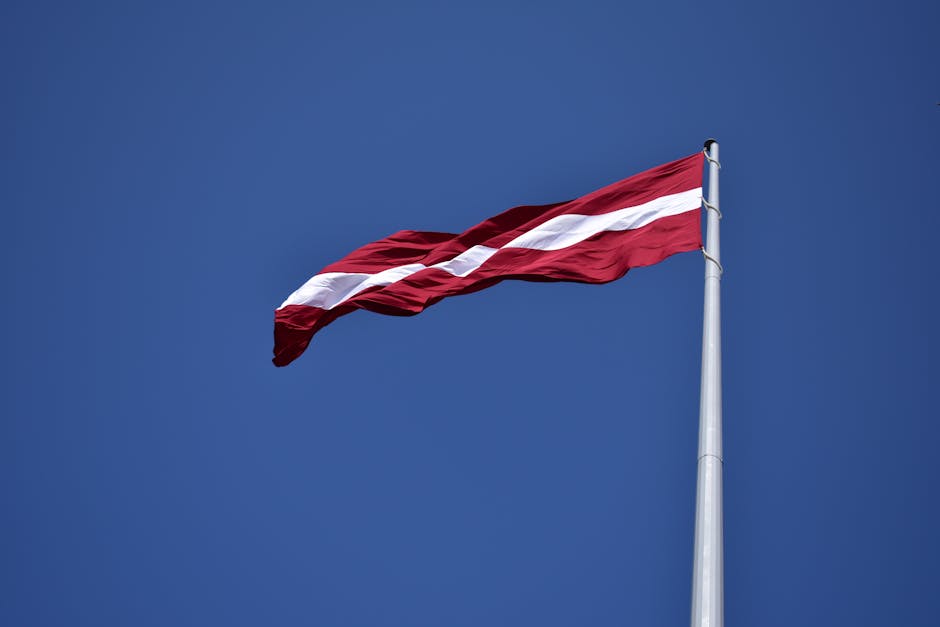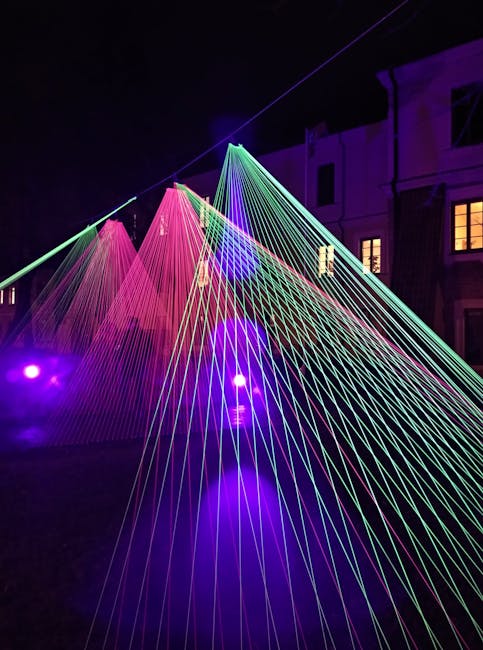Estonia
Overview
Estonia: A Vibrant Gem in Northern Europe
Estonia, located in Northern Europe, is a vibrant gem that offers a unique blend of Eastern and Western Europe. It's a country filled with rich history, stunning landscapes, and a diverse culture that has been influenced by different nations over the centuries. Estonia's uniqueness stems from its harmonious combination of old and new. You'll find medieval architecture, particularly in Tallinn, the capital, standing proudly alongside modern skyscrapers. The Estonians have a deep appreciation for the arts, with numerous music festivals held throughout the year, the most famous being the Estonian Song and Dance Celebration. They also have a strong connection with nature, with the country being one of the greenest in the world.
Tourism Seasons and Activities
Estonia's high season for tourism is during the summer months, particularly from June to August. During this time, the weather is pleasantly warm, averaging around 15-25 degrees Celsius, and the days are long, with up to 19 hours of daylight, a phenomenon known as the "White Nights." This is the perfect time to explore the country's outdoor attractions such as the stunning national parks, tranquil lakes, and beautiful beaches on the Baltic Sea. Festivals are abundant during summer, the most notable being the Tallinn Medieval Days and the Parnu Film Festival. Winter can also be an exciting time to visit if you enjoy snow sports and the charm of Christmas markets.
Travel Tips for Visiting Estonia
Before visiting Estonia, travelers need to ensure they have a valid passport. EU citizens can enter with just an ID card. Estonia uses the Euro, so it's advisable to have some on hand, although card payments are widely accepted. The country is safe, but like any tourist destination, it's still important to be cautious and aware of your surroundings. English is widely spoken, especially by the younger generation and in tourist areas, but learning a few phrases in Estonian can enhance your experience. Lastly, pack according to the season you're visiting in; warm clothes for the winter and lighter clothing for the summer, but always have a raincoat or umbrella handy as rain showers can occur. Don't forget to pack a good pair of walking shoes to roam around the cobbled streets of Tallinn!
A Glimpse into the Past
Estonia, a small Baltic nation bordered by the Gulf of Finland to the north and the Baltic Sea to the west, boasts a rich tapestry of history, culture, and natural beauty. The region's history stretches back to prehistoric times, with evidence of human settlement dating back over 11,000 years. As you explore Estonia, you'll find that each era has left its mark, making it a fascinating destination for travelers.
The Medieval Period is particularly significant in Estonian history, with the arrival of German crusaders in the 12th century. They established control over the region, founding cities such as Tallinn (then known as Reval) and Tartu (Dorpat). You can visit the Tallinn Old Town, a UNESCO World Heritage site, which showcases well-preserved medieval architecture, including the stunning Alexander Nevsky Cathedral and the historic Town Hall. The cobblestone streets and ancient structures create an enchanting atmosphere that transports visitors back in time.
In the 13th century, Estonia became part of the Hanseatic League, a powerful trading alliance. This period brought prosperity to the region, and you can see the influence of commerce in the architecture and layout of cities. The Tallinn Town Hall is a prime example of Gothic architecture, while the Great Guild Hall serves as a reminder of the wealth generated through trade. Travelers can immerse themselves in the history of the Hanseatic League by exploring the interactive exhibits at the Estonian Maritime Museum.
The Swedish Era (1561-1710) marked a significant turning point for Estonia. Under Swedish rule, the region experienced a degree of autonomy and social reform, particularly in education. The University of Tartu, founded in 1632, became a center of learning and culture that continues to thrive today. A visit to Tartu, with its lively student atmosphere and the Tartu Art Museum, offers insights into Estonia's intellectual heritage.
However, this period of relative stability was interrupted by the Great Northern War (1700-1721), which led to the decline of Swedish power and the rise of Russian influence. In 1710, Estonia fell under Russian control, which lasted for over two centuries. The Peter the Great era brought about significant changes, including the construction of Peterhof and the establishment of new administrative structures. Travelers can explore the Kadriorg Palace in Tallinn, built by Peter the Great, which now houses the Estonian Art Museum.
The 19th century saw the emergence of a national awakening, as Estonians began to assert their cultural identity and push for greater autonomy. This period was marked by the rise of folk songs, literature, and a renewed interest in the Estonian language. The Estonian National Museum in Tartu showcases this cultural renaissance, highlighting the importance of folklore and national identity in Estonia's history.
Estonia's quest for independence culminated in the Estonian War of Independence (1918-1920), following the chaos of World War I and the Russian Revolution. The Declaration of Independence was proclaimed on February 24, 1918, and after a hard-fought war, Estonia secured its independence in 1920. The Estonian National Museum also provides insights into this pivotal moment, showcasing artifacts and documents from the fight for sovereignty.
The interwar period was characterized by a blossoming of Estonian culture and society. Tallinn hosted various international events, and the arts flourished. The Kumu Art Museum offers a glimpse into this vibrant cultural scene, featuring contemporary and historical Estonian art. The architecture of the time can still be seen in the Art Deco buildings throughout Tallinn, reflecting the optimism of the era.
However, Estonia's independence was short-lived. In 1940, the country was occupied first by the Soviets, then by Nazi Germany, and once again by the Soviets after World War II. This period was marked by repression, mass deportations, and a struggle for survival. Visiting the Estonian Museum of Occupations and Freedom in Tallinn is a powerful way to understand the impact of these occupations and the resilience of the Estonian people.
The late 20th century brought a wave of change, as Estonia, along with the other Baltic states, began to assert its desire for independence. The Singing Revolution of the late 1980s, characterized by mass singing events and peaceful protests, galvanized the nation. On August 20, 1991, Estonia declared its independence from the Soviet Union, a moment celebrated every year with national pride.
Post-independence, Estonia has undergone remarkable transformations, becoming a modern European state and a member of both the European Union and NATO. The vibrant capital of Tallinn has emerged as a tech hub, often dubbed "Silicon Valley of Europe." The Telliskivi Creative City, a cultural and creative hub in Tallinn, showcases the innovative spirit of the nation, filled with galleries, shops, and restaurants.
Nature enthusiasts will find Estonia's diverse landscapes captivating. The country is home to over 2,200 islands, numerous lakes, and vast forests. The Lahemaa National Park is a must-visit for those seeking to experience Estonia's natural beauty, featuring scenic coastlines, historical manor houses, and rich biodiversity. The Soomaa National Park, known for its unique "fifth season" of flooding, provides opportunities for canoeing and hiking through pristine wetlands.
Estonia's cultural heritage is also reflected in its festivals and traditions. The Viljandi Folk Music Festival celebrates traditional music and dance, bringing together artists and audiences from around the world. The Tallinn Music Week showcases contemporary music and innovation, highlighting Estonia's vibrant arts scene.
As you travel through Estonia, you will encounter a nation that embraces its past while looking forward to the future. The blend of historical landmarks, cultural experiences, and stunning natural landscapes makes Estonia a captivating destination for any traveler. From the medieval charm of Tallinn to the lush wilderness of its national parks, Estonia invites you to explore its rich history and vibrant culture, promising an unforgettable journey through time and place.
Top cities for tourists in Estonia
Discover the Famous Cities That Might Captivate Your Interests
Must-Try Foods You Can't Afford to Miss
Indulge in a Variety of Fantastic Foods During Your Stay in Estonia
May Be Your Next Destinations
People often choose these countries as their next destination



